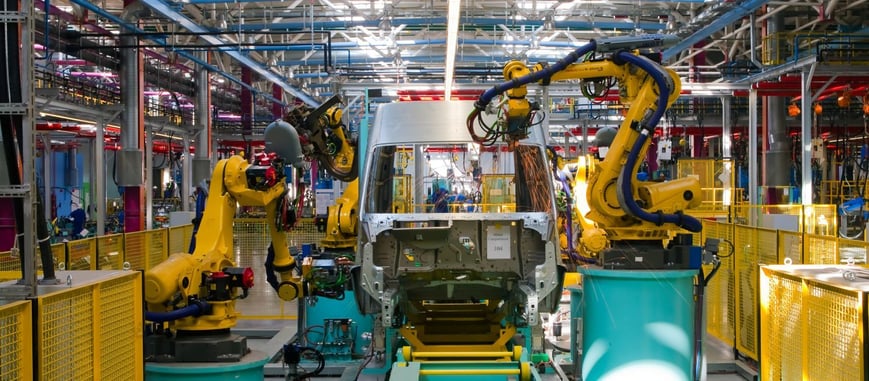
In a significant development for the automotive industry, the U.S. government announced on April 29th a relief mechanism for automakers facing 25% Section 232 tariffs on non-USMCA qualifying imported parts that became effective May 3rd. This policy supports manufacturers who assemble vehicles in the United States and offers hope in these difficult times while promoting transparency and future production commitments.
Who Qualifies?
Automakers that build cars and light trucks in the U.S. and import parts that do not qualify under the USMCA are now eligible for a partial credit, referred to as an import adjustment offset amount, against their Section 232 tariff liability. However, this credit is heavily reviewed:
- It cannot exceed the actual Section 232 tariffs incurred on imported parts.
- It cannot be used to offset tariffs on completed vehicles.
Credit amounts will be assigned on a case-by-case basis, but preliminary guidance suggests a rate of up to 3.75% may be available for the first year. Guidance on the implementation of these credits is due to be published by June 2nd.
What is Required?
To benefit from this offset, automakers must act quickly. Following on the implementation guidance, when published, manufacturers must submit detailed projections and supporting documentation to the Commerce Department, including:
- Production Forecasts: Number of cars and light trucks expected to be assembled in the U.S. between April 3, 2025, and April 30, 2026.
- MSRP Projections: Aggregate MSRP value of those vehicles (note: there’s no cap or rule on how MSRP is determined).
- Tariff Cost Estimates: Expected Section 232 tariff costs for imported parts, broken down by direct company and supplier-incurred costs.
- Importer Information: Identification of importers of record, including IOR numbers and the specific offset amounts assigned to each.
Flexibility Within the Supply Chain
An essential feature of the new policy allows automakers to allocate portions of their approved credit to importers of record within their supply chain. This feature could include suppliers, giving manufacturers more flexibility in managing their total tariff duty.
However, the submission must be authenticated by a senior officer, under penalty of perjury, verifying its truthfulness and accuracy, and confirming that due diligence has been completed.
What Happens Next?
After the Commerce Department confirms that the submission process and importers are available to apply for the program, importers can begin to use the program that CBP will administer.
If you are interested in learning how to further optimize your automotive supply chain, contact us at Tradewin for more information.




